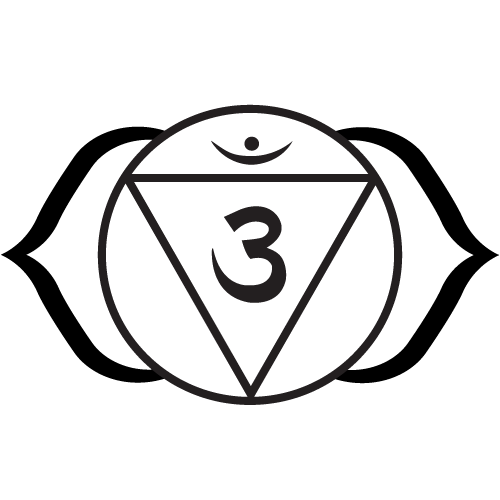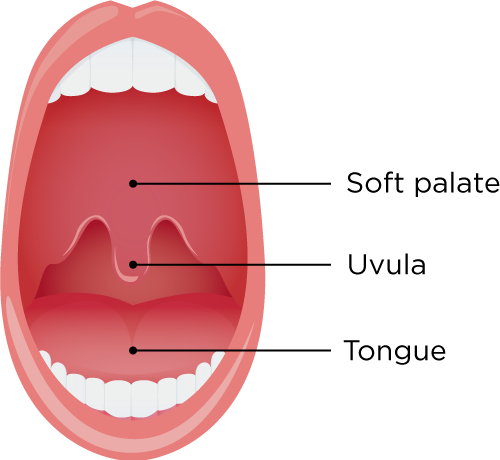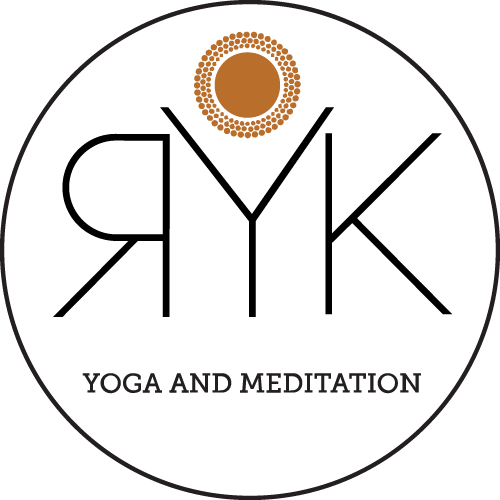Learning to Meditate
Meditation is a powerful tool
to relax and unlock your mind.
Tips for Meditation
Meditation Minutes
Try to meditate at the same time each day.
Meditation Sadhana
Habit controls us so much that it is said that we can actually change our destiny by changing our habits. To master the life-altering effects of meditation, practice it as a sadhana, a daily discipline.
According to yogic science, the human mind works in cycles. We can use various cycles to help replace unwanted patterns of behavior (mental or emotional habits), with new, more positive ones.
Try to commit to a particular meditation or Kriya for a specific time
Meditation Focus for Eyes (Dhrist)

At the 3rd eye point:
We stimulate the Sushumna which affects the pituitary gland (intuition is developed)

At the tip of the nose:
All 3 main energy channels (Ida, Pingala, Sushmuna) get to a center of balance. This stimulates the pineal gland and the frontal lobe of the brain (new energy pathways are created in the brain patterns).

At the Moon center:
At the tip of the chin, this point is cooling and calming (you see yourself clear)

At the Crown chakra:
You look “through” the top of the head. (this stimulates the pineal gland and the crown energy center)
Chanting Mantras
The mantras can be chanted in the three languages of consciousness:
The voice of the human
Awareness of the things of the world
The voice of the lover
Experiencing the longing to belong
The voice of the Divine
Mediate on Infinity or mentally vibrate
Making Mantra Effective
- Rhythm – Maintain a crisp, precise rhythm, the correct number of beats for the specific mantra.
- Projection – Project from the purity of your soul, be conscious of which chakra you are projecting from.
- Pronunciation – Use the correct pressure of the tongue on the meridian points; maintain the correct balance and rhythm of the syllables making the words.

The Tongue and Chanting
Why we roll/touch with the tongue the roof of the mouth when we chant:
The upper palate, which forms the roof of the mouth, consists of 2 parts: the hard palate (roof of the mouth) and the soft palate. There are 84 meridian points located on the hard palate.
The movement of each part of the tongue stimulates these meridian points. The hypothalamus receives the impulses and regulates chemical messengers that go to all vital areas of the brain and body. Thus we can regulate vital functions of the body, moods, emotional behavior, and sexuality.
